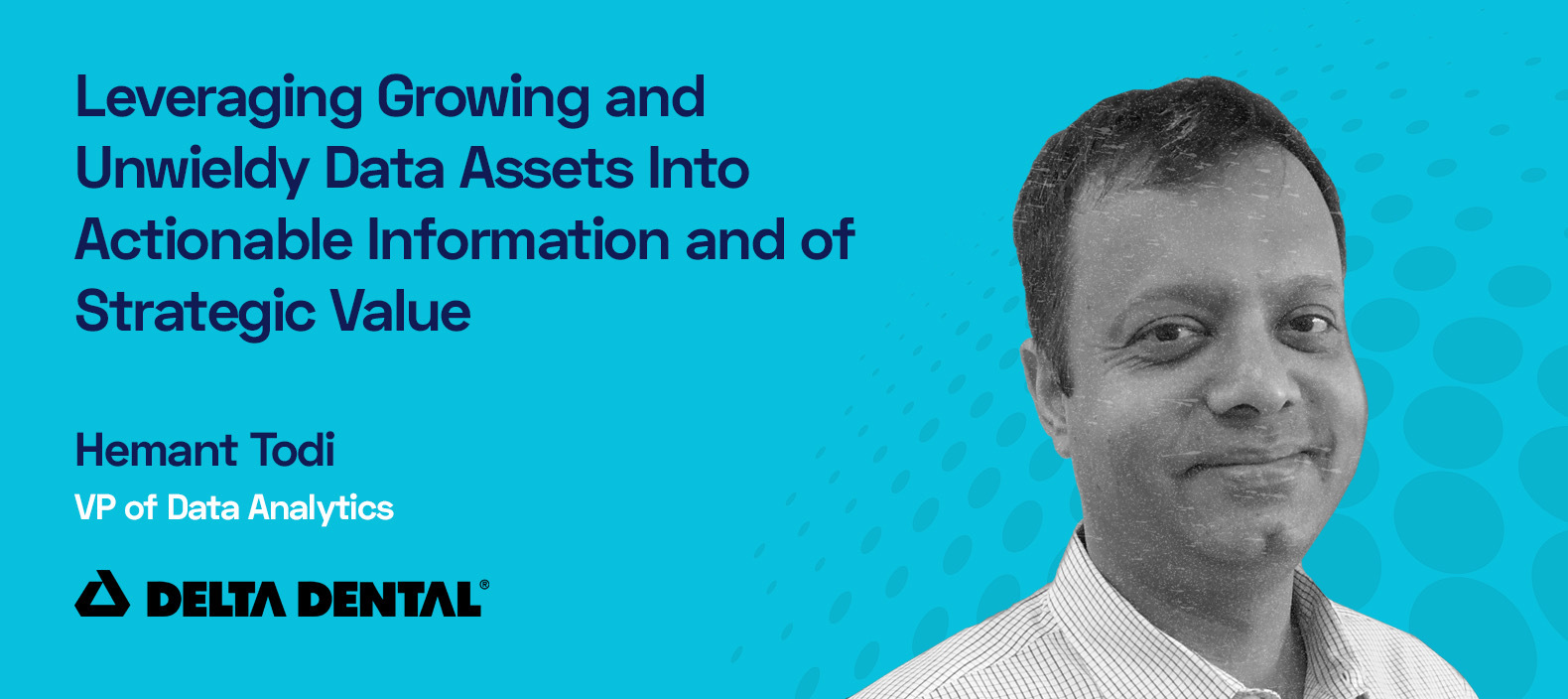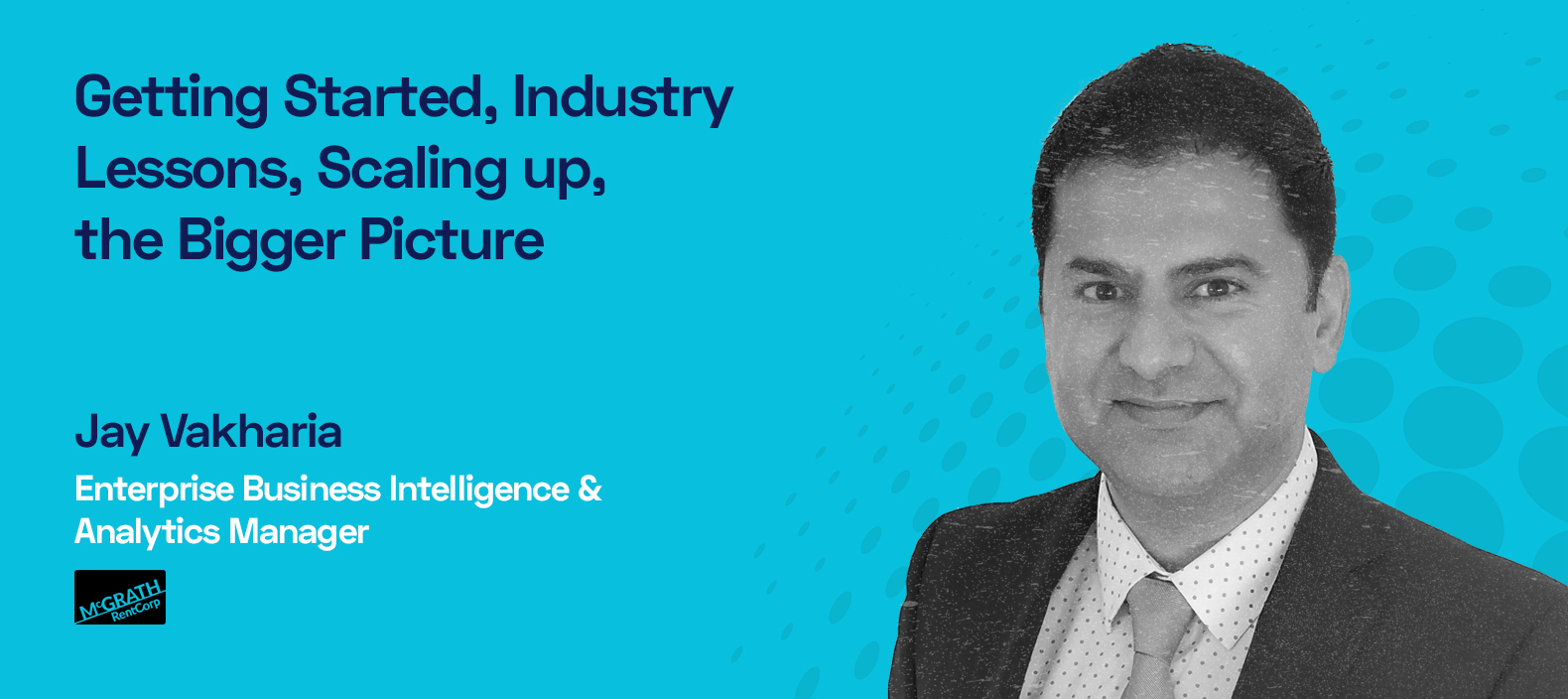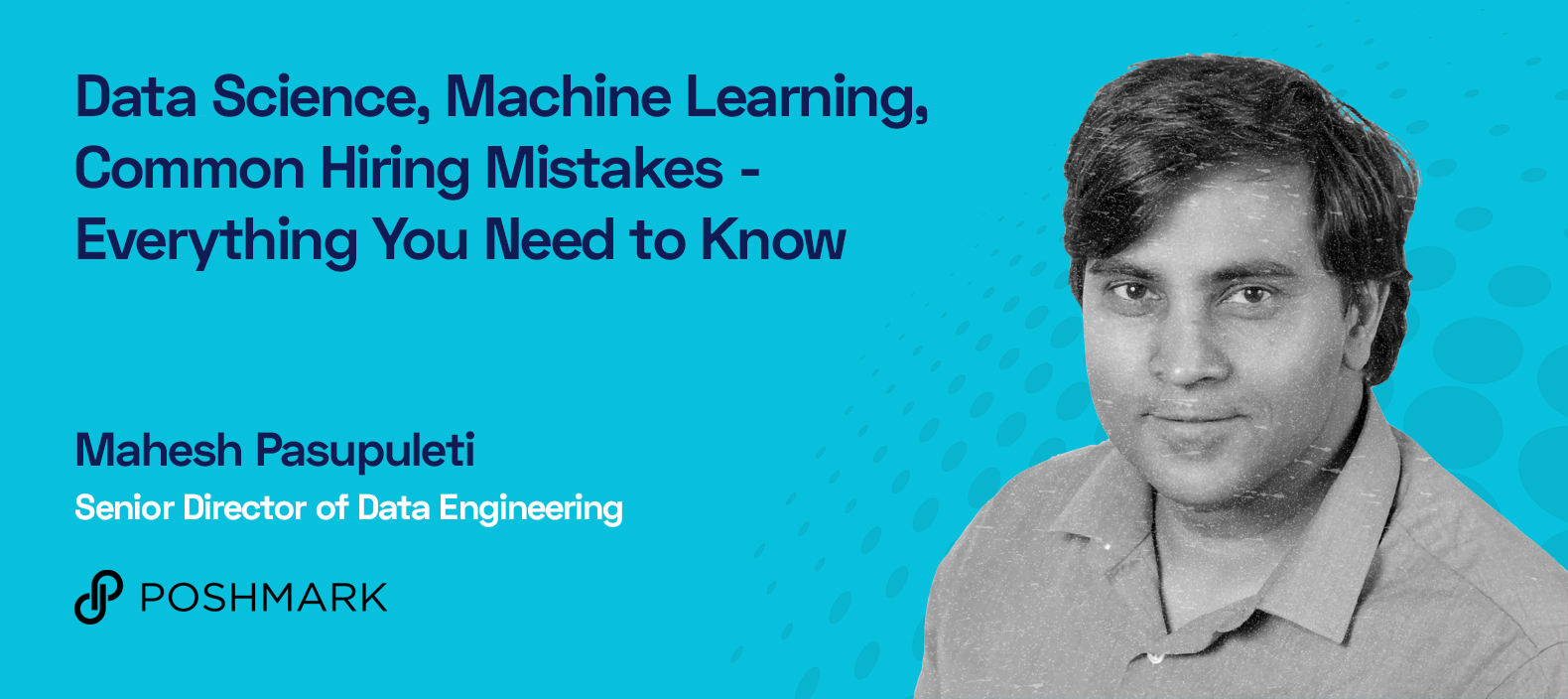In the previous article1 we looked at some of the foundational considerations on the path to being data-driven - specifically, understanding the scope and impact of moving towards a data-driven business model, understanding of how data is produced and where it comes from and using effective concept proofing for building knowledge.
Let’s now turn to the Four Pillars themselves. Each one of those pillars - Goals, People, Technology, and Location - deserve their own articles. Having considered some of the foundational concerns to forming a successful data strategy, they are worth introducing now so that you have a more robust frame of reference for when those articles become available and as you continue along in researching and designing your company’s data strategy.
Goals and Outcomes
For a chef, the ingredients, equipment, preparations and techniques require a specific flow that depends on the particular dish they want to make. Whether it’s a tasty pie, a hearty stew or a steaming pizza, each one necessitates ingredients, equipment, preparations and techniques not called for by the other dishes. The same is true for your data strategy, as the data, technologies, people and locality that your company requires will follow directly from the goals and specific outcomes your organization will need to produce. For this reason, considerable emphasis should be placed on setting goals and outcomes that address specific problems and needs that your organization wants addressed by implementing big data and cloud based solutions.
There’s nothing wrong with starting with general goals - like being trendy or wanting to improve efficiency. However, at some point, the goals will need to get more specific, e.g., asking which trends are worth pursuing or in what specific areas efficiency needs improvement. Only by answering those narrower questions (several levels below the starting surface point of generalized goals), the resulting answers will start revealing the specifics of what you want accomplished and how your data strategy should be formulated to meet those goals and outcomes.
In wanting to implement these solutions, your goal should be to address specific problems your company has and see if cloud and big data solutions are the necessary tools to help to solve those problems. Another important consideration is the future - there might be a few tools that can be helpful for solving problems in the beginning, but only a subset of those might become absolutely necessary later in the process.
The Right People
After your strategy has been developed, your goals and outcomes have been specified and the technical solutions have been identified, the most important challenge to solve becomes talent. The people in your organization will need to have the right skills and the right mindset if the company’s goals are to be met - and not just in the areas of data engineering, science or analysts - those roles will definitely play a critical role at the beginning of the process.
However, in a data-driven environment everyone else is also, to varying degrees, involved in the generation and utilization of data. As such, there will be a need to consider and make a comprehensive assessment of their skills and abilities in using data and how the new talent, if necessary, will be able to bridge talent gaps before rolling out the chosen processes and technologies that will be utilized in making data-driven decisions. We at DataMatrix have implemented an internal process that assesses the level of candidates in data-related fields (data analysts, scientists, engineers) and can utilize that process to help you with your talent assessment, too.
The Right Technology
Naturally, data and analytics rely on technology and having the right technology is critical for a successful strategy. However, not all technologies are created equal, so determining which technologies will best serve in meeting your company’s goals is essential.

Poor choices in technology can not only set back your data strategy, but can also hold back every other department and process which relies on them. As such, the technologies your company implements should be chosen for the specific kinds of data they will be processing and analyzing, and for the particular outcomes they will be expected to deliver on. “The right tool for the right job” is as applicable with regards to data and analytics as in cooking or any other field.
Poor choices in technology can not only set back your data strategy, but can also hold back every other department and process which relies on them. As such, the technologies your company implements should be chosen for the specific kinds of data they will be processing and analyzing, and for the particular outcomes they will be expected to deliver on. “The right tool for the right job” is as applicable with regards to data and analytics as in cooking or any other field.
Location, Location, Location
Location is often a neglected consideration because of our tendency to assume that the internet makes location fairly irrelevant. While that is not entirely untrue, there can be hidden costs associated with this type of thinking that leads to the implementation of suboptimal solutions. Where the data will be processed in relation to where the data will be stored and accessed have implications for the costs, time and hardware that will be required.
In some cases businesses have terabytes or even petabytes of data they need to process and transferring that data costs time and money. When data is stored separately from where data is processed, certain financial and temporal costs might be involved. Likewise, the more steps are involved in transferring data, the higher the costs associated with that transfer. Furthermore, your organization’s structure, as well as any laws or regulations that apply, might specify how certain information is to be handled. All those considerations can - and likely will - influence the forming of your data strategy with regards to location.
In Conclusion
On the surface, cooking and forming a successful data strategy could not be more different. Nevertheless - and interestingly enough - the success of both largely depends on a few similar things: knowing what outcomes are being sought (what dish is being cooked), detailed planning (preparation of spaces, knives and other tools), preparation of all the parts of the data strategy (getting the right ingredients) and devising the right process (choosing the recipe). Proper consideration given to each aspect is - by far - the critical factor that will help to successfully accomplish your goals.
The more thought and planning you put into formulating your data strategy, the more likely is that strategy to succeed. The best data strategies will be those that take a comprehensive approach in considering the topics we have outlined. Though there is much to consider, the questions of how to implement cloud, big data and other cutting-edge solutions are not so intractable that they lack answers - but answering those questions can take time and requires a diverse set of knowledge and expertise to do so competently.
Unfortunately, not every organization has the time or extensive in-house expertise these tasks require, and hence bringing in outside help is often the better alternative. DataMatrix serves that exact role. Our team of industry experts has worked with a multitude of companies in helping them realize their data goals. Using the Four Pillars and foundational considerations above as our guides, we have implemented this at scale and with great success.
We look forward to helping you and your company do the same.








